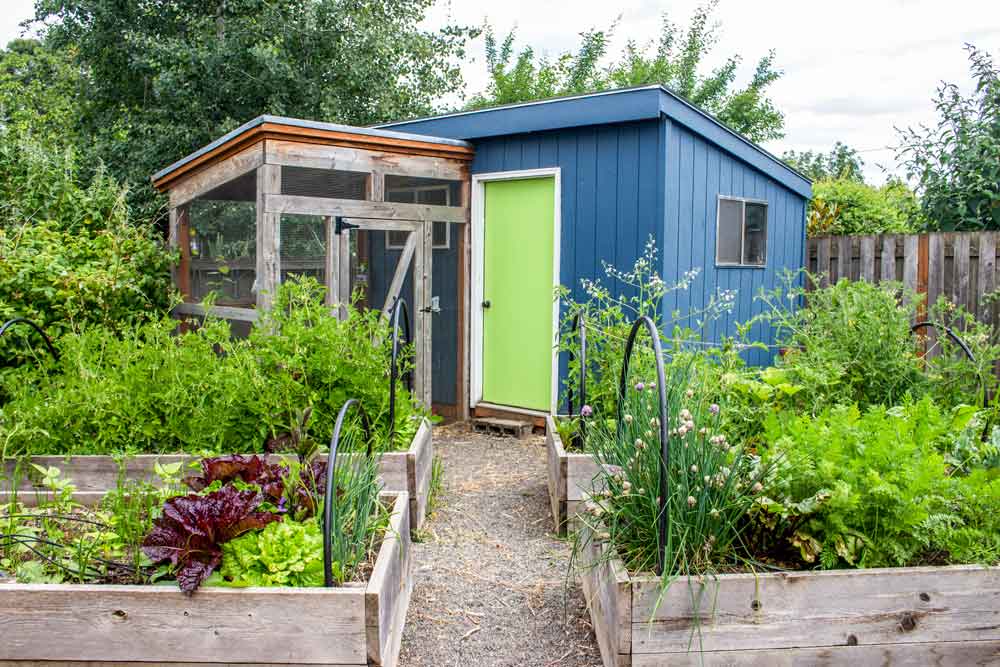For many homesteaders, the art of seed saving is a vital skill that fosters self-sufficiency and sustainability. Whether you’re new to homesteading or a seasoned pro, learning how to effectively save seeds can significantly enhance your gardening and food production efforts. In this article, we’ll explore essential seed saving tips for homesteaders, ensuring you have a bountiful harvest year after year.

Understanding Seed Saving
Seed saving involves collecting seeds from your plants to use in future planting seasons. This practice not only saves money but also preserves unique plant varieties that are perfectly adapted to your local environment. By mastering seed saving, you become less reliant on commercial seed suppliers and more connected to the natural cycle of growth.
Choosing the Right Plants for Seed Saving
Not all plants are ideal for seed saving. Focus on open-pollinated and heirloom varieties, as they reliably reproduce true to type. Avoid hybrid plants, as their seeds often result in unpredictable offspring. Some excellent candidates for seed saving include tomatoes, beans, peas, and peppers.
Understanding Plant Terminology
Before diving into seed saving, familiarize yourself with key plant terms. Open-pollinated plants are pollinated naturally by insects, birds, or the wind. Heirloom varieties have been passed down through generations, maintaining their original traits. Hybrid plants are bred for specific qualities but can produce inconsistent offspring.
Proper Timing for Seed Collection
Timing is crucial when it comes to seed collection. Allow plants to reach full maturity before harvesting seeds. For fruits, wait until they’re fully ripe. For flowers, let them dry naturally on the plant. Patience during this stage ensures high-quality seeds that are ready for the next planting season.
Harvesting Seeds from Various Plants
Different plants require different methods for seed harvesting. For tomatoes, scoop out the seeds and let them ferment to remove the gel coating. Beans and peas should be dried on the vine before shelling. For peppers, allow the fruits to overripen before extracting the seeds.
Cleaning and Drying Seeds
Once you’ve collected your seeds, it’s important to clean and dry them thoroughly. Remove any pulp or debris, then spread the seeds on a paper towel to dry. Proper drying prevents mold growth and ensures the seeds remain viable for planting.
Storing Your Saved Seeds
Effective storage is key to preserving the viability of your saved seeds. Store them in a cool, dark, and dry place, such as an airtight container or a sealed envelope. Label each container with the plant variety and date of collection to keep your seed library organized.
Creating a Seed Storage System
Develop a seed storage system that suits your needs. Consider using a dedicated seed box or binder with labeled envelopes for each plant type. Regularly check your seeds for signs of moisture or mold, and replace any compromised batches.
Testing Seed Viability
Before planting, test the viability of your seeds to ensure successful germination. Place a few seeds on a damp paper towel and seal them in a plastic bag. After a week, check for sprouting. A high germination rate indicates healthy seeds ready for planting.
Benefits of Seed Saving for Homesteaders
Seed saving offers numerous benefits for homesteaders. It reduces reliance on commercial seeds, promotes biodiversity, and helps preserve heirloom varieties. Additionally, saving seeds allows you to adapt plants to your specific growing conditions, improving your garden’s resilience.
Common Challenges and Solutions in Seed Saving
While seed saving is rewarding, it can also present challenges. Cross-pollination can affect plant purity, so consider using isolation techniques or hand-pollination. Additionally, improper storage can lead to seed spoilage. By addressing these challenges, you can become a successful seed saver.
Understanding Cross-Pollination
To maintain plant purity, understand the concept of cross-pollination. Some plants, like squash, can cross-pollinate easily, affecting seed integrity. To avoid this, separate plant varieties by distance or use physical barriers like row covers.
Integrating Seed Saving into Your Homestead
Integrate seed saving into your homestead by making it a regular part of your gardening routine. Plan your garden layout to facilitate seed collection and dedicate a portion of your harvest to seed saving. This practice will enhance your self-sufficiency and strengthen your connection to the land.
For more insights on improving your homestead, explore our articles on pest management and mulching techniques.
Learning from Other Homesteaders
Connect with fellow homesteaders to share seed saving experiences and tips. Join online forums, attend workshops, or visit local seed exchanges to expand your knowledge and network with like-minded individuals.
For more inspiration on homesteading, check out this article on backyard homesteading.
Sharing Seeds with Your Community
Consider sharing your saved seeds with your community. Organize a seed swap event or donate to local gardening clubs. By sharing seeds, you contribute to biodiversity and help others embark on their own seed saving journey.
Conclusion
Incorporating seed saving tips for homesteaders into your lifestyle is a rewarding endeavor that promotes sustainability and self-reliance. By following these guidelines, you can create a thriving garden that supports your homestead for years to come. Remember, every seed you save is a step towards a more sustainable future.

FAQ
What are the best plants for seed saving?
Open-pollinated and heirloom varieties, such as tomatoes, beans, and peas, are ideal for seed saving.
How do I store saved seeds?
Store saved seeds in a cool, dark, and dry place in airtight containers or envelopes, labeled with the plant variety and date of collection.
Can hybrid plants be used for seed saving?
Hybrid plants are not recommended for seed saving as they can produce unpredictable offspring. Focus on open-pollinated and heirloom varieties instead.




